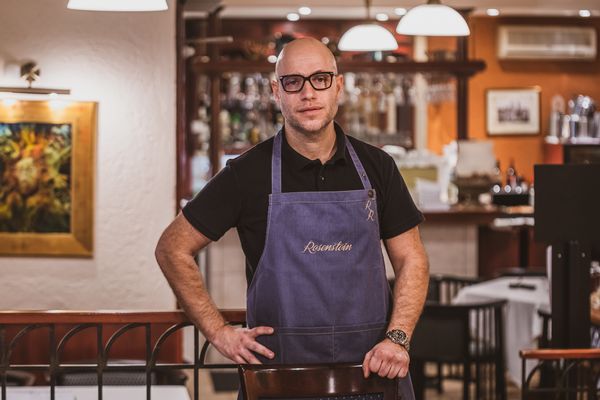A busy crossroad next to the ruins of an ancient church wall, the statues of Catholic saints on the façade of a Buddhist center and a church whose oldest element is its ceiling—Dávid Zubreczki’s first book titled Templomséták Budapesten invites readers to explore fascinating details like these. The gap-filling architectural guidebook can even help us get in the mood for Christmas.
Dávid Zubreczki’s articles and reports on architecture, real properties, design and art must ring some bells for the fans of Budapest-related urban stories. We could have already read about our built environment in Dávid’s articles and blog posts, and in December this year, he also published his first book.
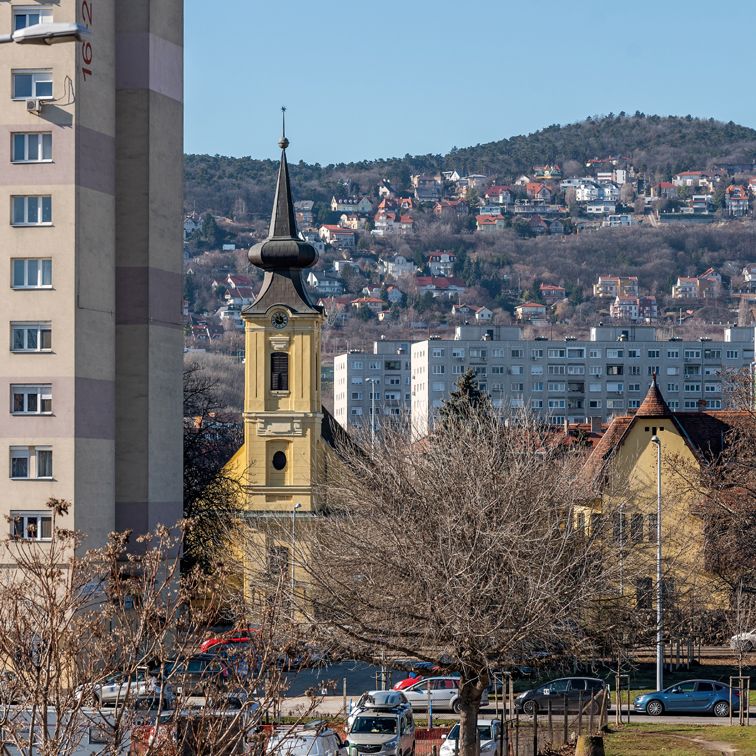
“I knew I wanted to write a book on the architecture of Budapest, consisting of short, blog post-like stories. When publisher László Kedves contacted me we agreed on the format right away, as he has already published several walking guides before with a similar structure. The only thing left was to decide the topic: preferably one that could involve the outskirts of the city, that allows us to present the history of the Hungarian capital and to explore various eras and architectural styles—and then churches came to my mind,” Dávid told us.
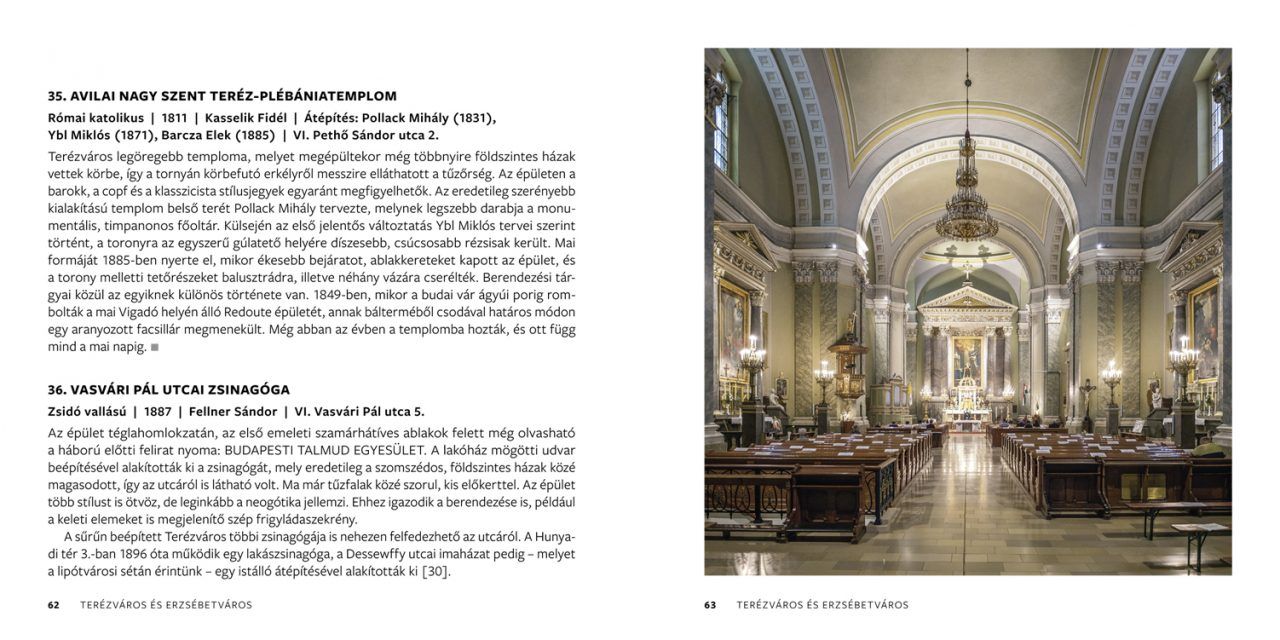
In the volume Templomséták Budapesten, we can get to know the centuries-long stories of the capital with the help of almost 250 churches, synagogues, chapels and temples. We can visit the selected buildings in the framework of 21 walks, each of them not longer than 5 kilometers, offering fascinating, previously unknown details.
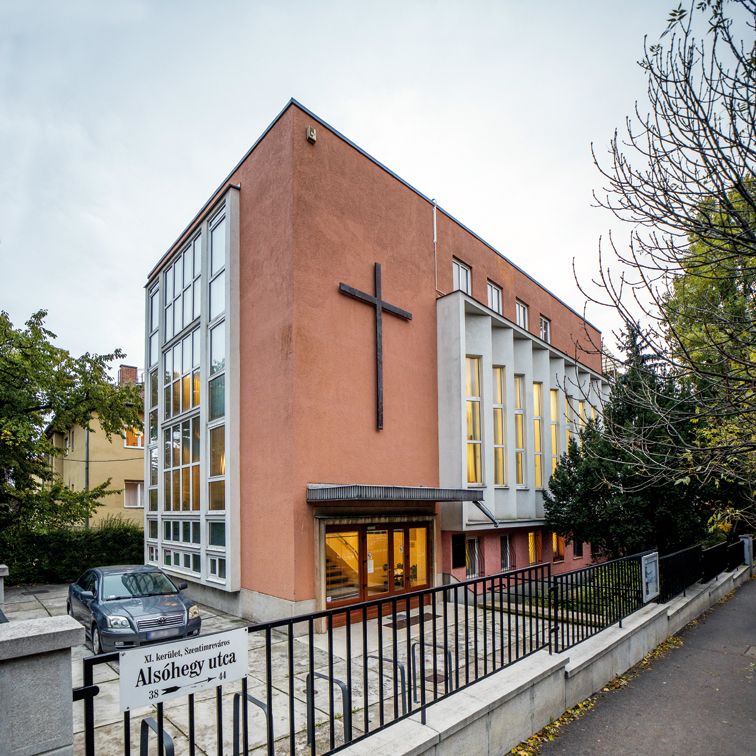
As Dávid shared with us, “the Church of the Blessed Virgin Mary located right next to Elisabeth Bridge showcases the architecture of 1800 years: its foundation is the house of a Roman centurion from ancient times, its observation tower was completed in 2020, and it represents practically all styles between the two. It even has a mihrab remaining from the Turkish era. The Baptist house of prayer on the Buda side evoking modern industrial architecture at the foot of Gellért Hill is another spectacular building, and so is the parish church in Rákoshegy: it looks like your average Neo-Baroque building from the outside, while it is decorated by a unique geometric mural on the inside, made by Antal Nemsics, the mind behind the coloroid color system.”
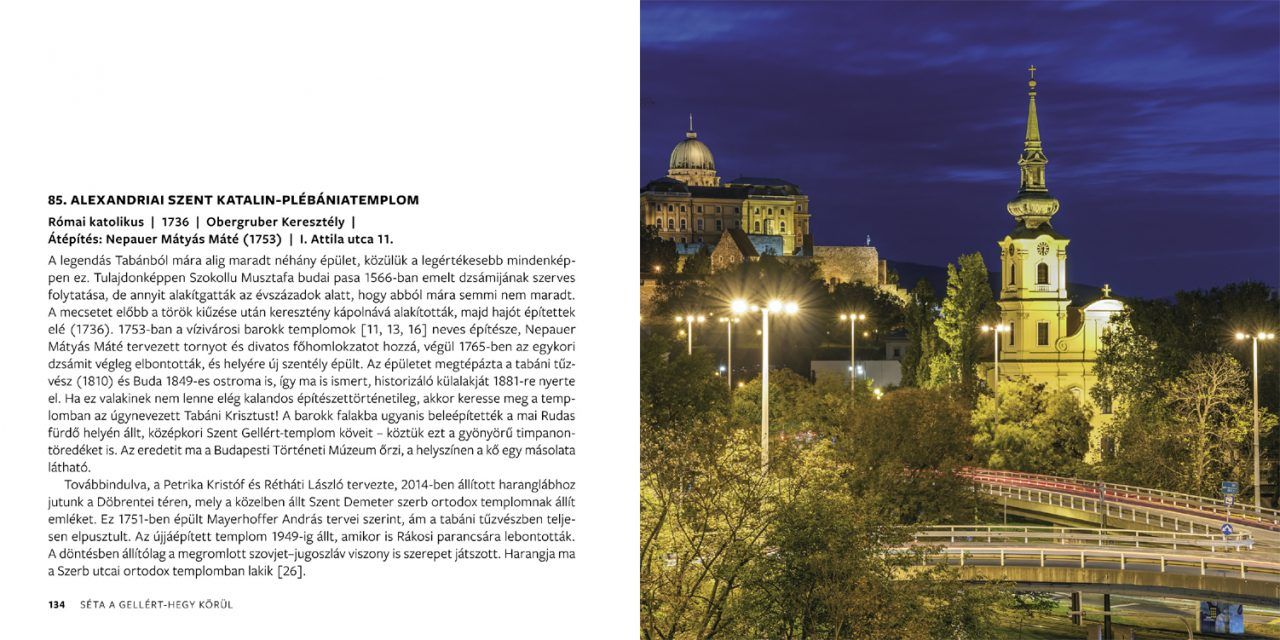
The author added a brief, jargon-free architectural description to each building presented, sometimes complemented by bits of visual arts, applied arts and cultural history trivia. Those willing to go on a longer tour can find two bike routes at the end of the almost 400-page publication, as well as a chapter on tourist signs, exploring the churches of the hills of Buda.
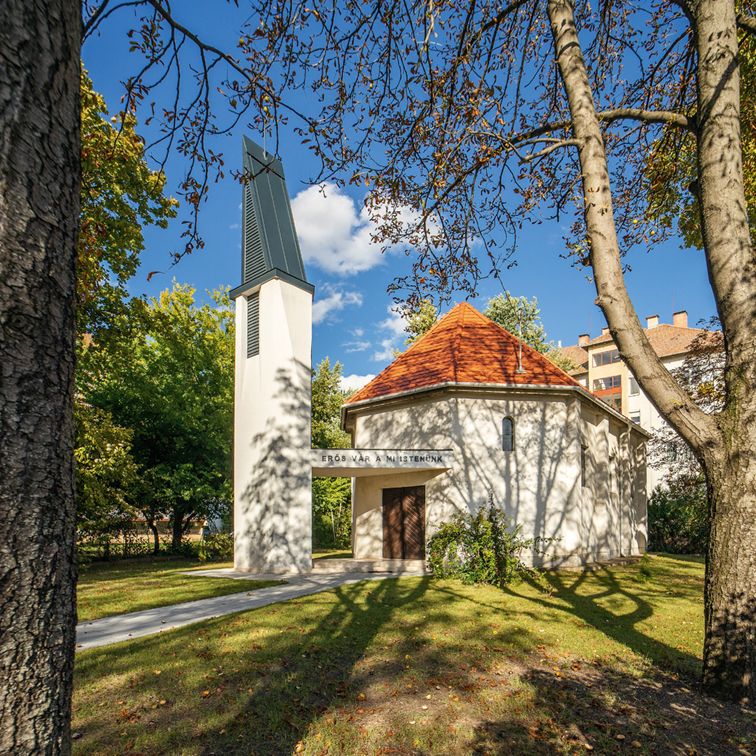
To the joy of the fans of urbanism, Dávid is already working on his next title. “Writing the book was extremely challenging, but I enjoyed it very much, so I’d like to keep doing it by all means. I have several plans related to the current book: one is connected to the churches, another to Budapest, while the third is about something completely different, but all three of them will be walking guides. The publication presenting the quarter-century past of Garten Studio, to which I was a co-author, is completed but will probably only be published in the spring. This will probably be the first Hungarian book published on landscape architecture that is intended not only for the members of the profession, but for the general public, too,” he added.
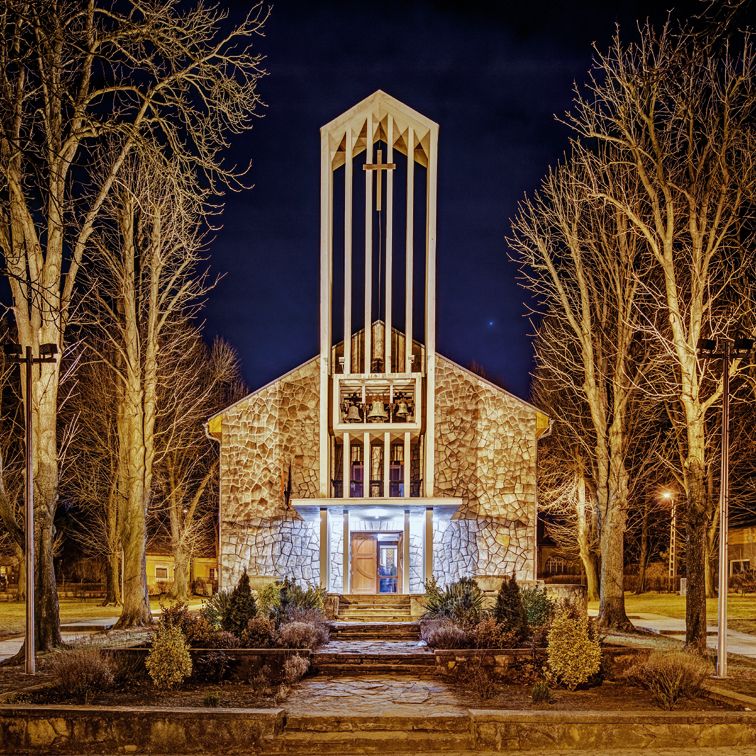
The book is available in several bookstores, and you can even get a signed copy on the website of the author.
Photos: Attila Gulyás

HIGHLIGHTS | Board games

LEGO Hungary and MOME join forces
